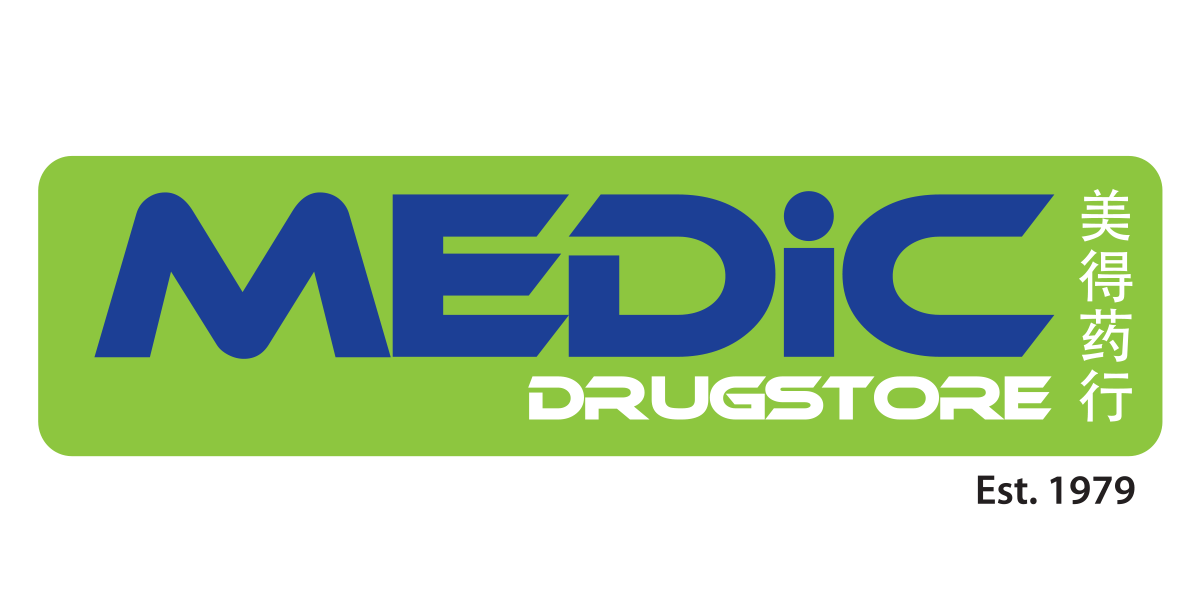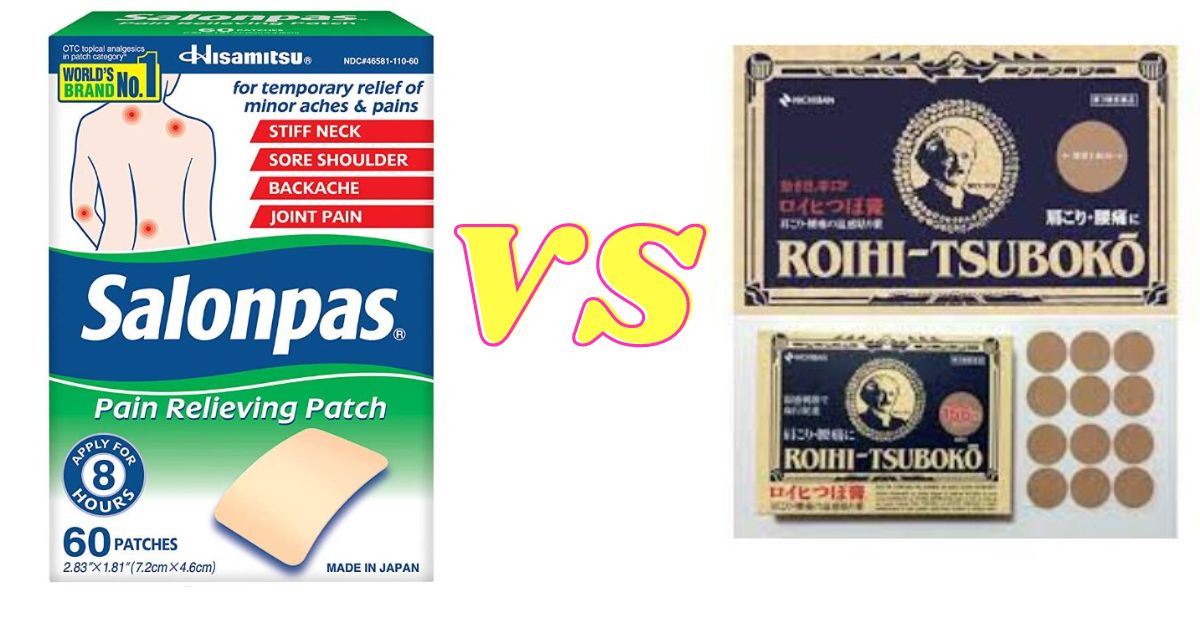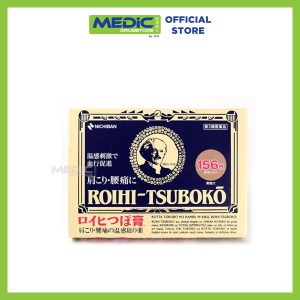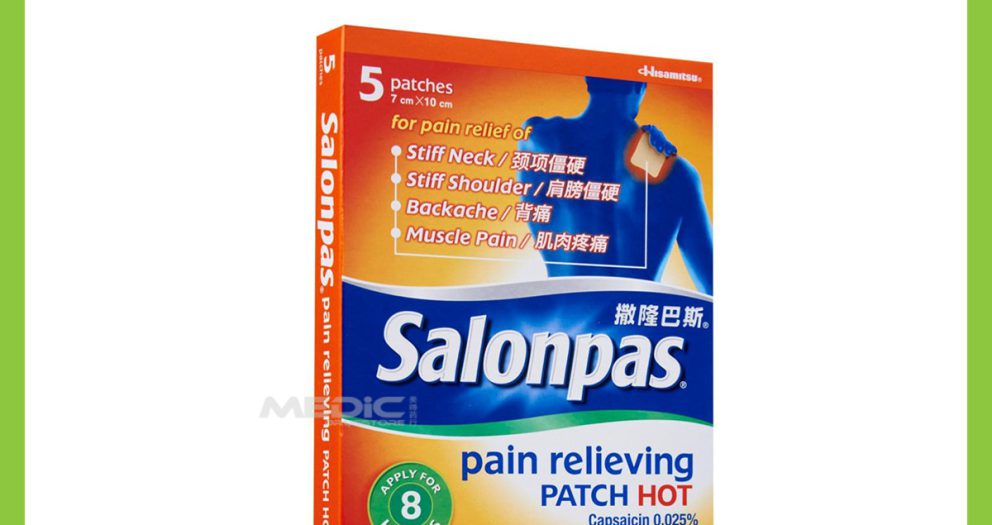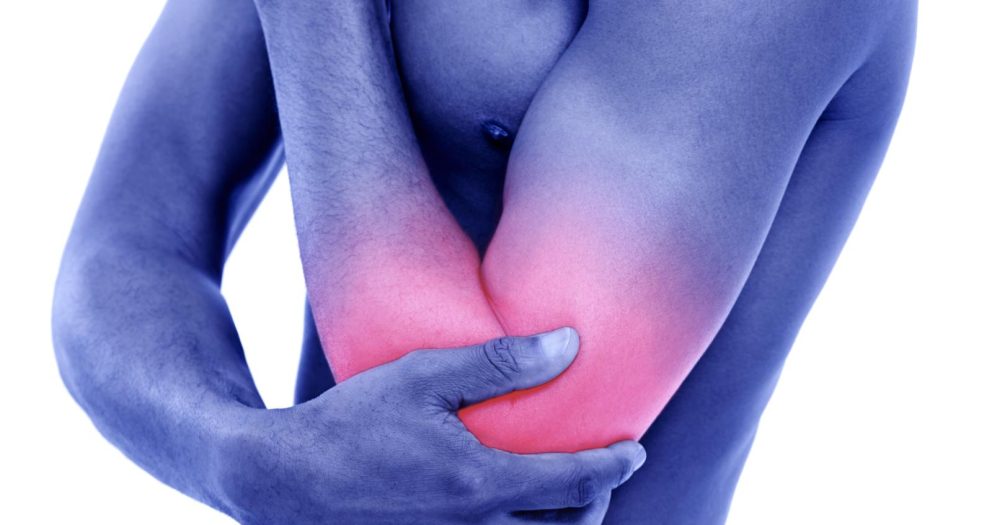Pain relief patches have gained popularity in recent years as a convenient and effective way to alleviate muscle and joint pain.
Among the various options available, two popular brands that often come up in discussions are Roihi-Tsuboko and Salonpas. Both of these patches claim to provide relief from various types of pain, but what sets them apart? Let’s take a closer look at the battle of Roihi-Tsuboko vs Salonpas.
Ingredients and Formulation
Roihi-Tsuboko and Salonpas both contain active ingredients that are known for their pain-relieving properties.
Roihi-Tsuboko, which originated in Japan, contains capsaicin, which is derived from hot chili peppers and is known for its warming effect on the skin. It also contains menthol, which produces a cooling sensation.[Source]
On the other hand, Salonpas, which is a well-known brand from Japan, contains menthol, methyl salicylate, and camphor as its active ingredients. Methyl salicylate is derived from wintergreen oil and has anti-inflammatory properties, while camphor is known for its cooling effect.
Application and Adhesion
Both Roihi-Tsuboko and Salonpas come in patch form and are applied topically to the skin. However, there are slight differences in their application and adhesion.
Roihi-Tsuboko patches are larger in size and often come in a single sheet that can be cut into smaller pieces to fit the desired area of application. They are self-adhesive and are designed to adhere firmly to the skin, even during movement or physical activities.
Salonpas patches, on the other hand, come in smaller sizes and are pre-cut into individual patches. They also have an adhesive backing but may not adhere as firmly as Roihi-Tsuboko patches, especially during activities that involve a lot of movement or sweat.
Effectiveness
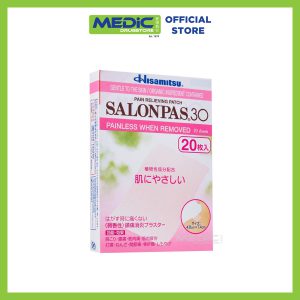
Both Roihi-Tsuboko and Salonpas claim to provide relief from muscle and joint pain, but their effectiveness may vary depending on the individual and the type of pain being treated. Some users may find one brand more effective than the other, while others may have a different experience.
Roihi-Tsuboko’s capsaicin and menthol combination is known for its warming effect, which can help increase blood flow to the affected area and provide relief from sore muscles and joints.
On the other hand, Salonpas’s combination of menthol, methyl salicylate, and camphor provides a cooling effect that can help numb the area and reduce pain and inflammation.
Safety
Both Roihi-Tsuboko and Salonpas are generally considered safe for most people when used as directed. However, it’s important to follow the instructions and precautions provided by the manufacturers to avoid any potential side effects or adverse reactions.
It’s worth noting that some individuals may be more sensitive to the active ingredients in these patches, and may experience skin irritation, redness, or allergic reactions.
If you have sensitive skin or any existing skin conditions, it’s recommended to perform a patch test on a small area of skin before applying the patches to a larger area.
Price
The cost of Roihi-Tsuboko and Salonpas patches may vary depending on the location and the retailer. Generally, Salonpas patches tend to be more affordable compared to Roihi-Tsuboko patches, which are known for their premium quality and higher price point.
